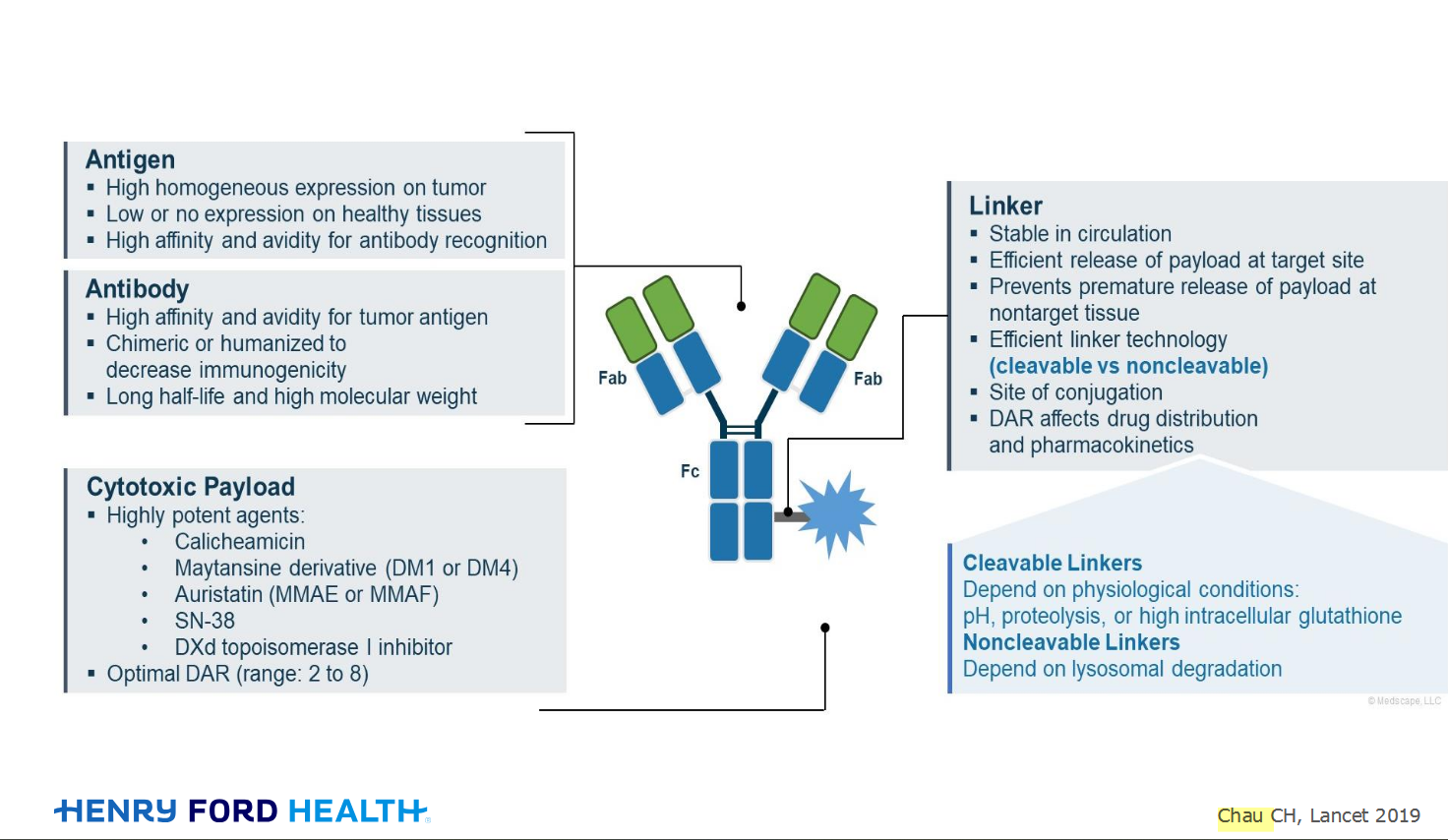Welcome!
Welcome to the new CancerGRACE.org! Explore our fresh look and improved features—take a quick tour to see what’s new.
Opciones de tratamiento para la resistencia adquirida a los inhibidores de tirosinas cinasa del receptor del factor de crecimiento epidérmico (EGFR): enfermedad T790M negativo.
Treatment options for acquired resistance to tyrosine kinase inhibitor in the epidermal growth factor receptor (EGFR): T790 negative disease
Chief of Hematology/Oncology and Medical Director, Memorial Cancer Institute, Clinical Associate Professor of Medicine, Florida International University
Spanish TRANSCRIPT
También cuando hablamos de resistencia a inhibidores de la tirosina cinasa, ya hablamos que para los pacientes con 790 hay un nuevo fármaco que se llama osimertinib. El problema es ¿qué hacemos con el resto de los pacientes? Como les decía 60% de los pacientes que están en inhibidores de la tirosina cinasa, van a tener la mutación 790, que, si ustedes saben la pueden encontrar en la sangre, la orina o en una nueva biopsia, y ahí vamos a poder usar el fármaco nuevo.
Pero, ¿qué hacemos con el 40% de pacientes que no podemos documentar la mutación?
Hay esperanza para estos pacientes porque sabemos hoy en día que para muchos de estos pacientes que no tienen esta mutación, el mecanismo de resistencia está a través de la vía MET. Entonces tenemos en investigación inhibidores de MET y de su vía, que podría ser una solución para salvar a estos pacientes. La otra opción es que algunos de estos pacientes, en un grupo pequeño como del 10% hacen carcinoma de pulmón de células pequeñas. En otras palabras, el tumor original que era carcinoma de células granes se transforma en carcinoma de células pequeñas, entonces estos pacientes no van a responder a ninguna terapia blanco existente porque no tenemos terapia blanco para carcinoma de células pequeñas y entonces hay que ponerlo en quimioterapia.
Por eso es tan importante hacer una biopsia, porque si no hacemos una biopsia cuando en el paciente falla el receptor de la tirosina cinasa nunca nos vamos a enterar que el paciente transformo a carcinoma de células pequeñas y nunca le vamos a dar la quimioterapia adecuada.
Al final, mientras estos descubrimientos y otros van avanzando lo que hay que hacer es poner a los pacientes en quimioterapia. Cuando un paciente falla y no podemos documentar la mutación 790, hay que ponerlo en quimioterapia o en un estudio clínico que el paciente pueda calificar.
English TRANSCRIPT
When we talk about tyrosine kinase inhibitors resistance, we know that for patients with the 790 mutation, we have the drug osimertinib. The problem is, what do we do with the rest of the patients? As I told you, 60% of the patients that are in tyrosine kinase inhibitors will have the 790 mutation that if we can find them in the blood, urine or in a new biopsy, we will be able to use the new drug.
But, what do we do with the 40% of patients in which we cannot verify the mutation?
There is hope for these patients because nowadays we know that most patients without this mutation have their resistance mechanism via de MET pathway. We have MET and their pathway inhibitors that could be the solution for these patients. The other option is that some patients, in a group of around 10%, make small cell lung cancer. In other words, the original large cell lung cancer transformed into small cell lung cancer. These patients will not respond to any existing targeted therapy because we don’t have a small cell cancer treatment, so we have to put them in chemotherapy.
That is why it is so important to make a biopsy, because if we don’t make a biopsy when the patients fails with the tyrosine kinase inhibitors, then we will never know that the patient probably transformed into a small cell lung cancer and we will never give him the right therapy.
At the end, while these findings and more research is progressing, what we have to do is put the patients in chemotherapy. When a patient fails with the treatment and we cannot verify 790 mutation, we have to put him in chemotherapy or in a suitable clinical trial.
Please feel free to offer comments and raise questions in our
discussion forums.
Dr. Singhi's reprise on appropriate treatment, "Right patient, right time, right team".
While Dr. Ryckman described radiation oncology as "the perfect blend of nerd skills and empathy".
I hope any...
My understanding of ADCs is very basic. I plan to study Dr. Rous’ discussion to broaden that understanding.

An antibody–drug conjugate (ADC) works a bit like a Trojan horse. It has three main components:
Bispecifics, or bispecific antibodies, are advanced immunotherapy drugs engineered to have two binding sites, allowing them to latch onto two different targets simultaneously, like a cancer cell and a T-cell, effectively...
The prefix “oligo–” means few. Oligometastatic (at diagnosis) Oligoprogression (during treatment)
There will be a discussion, “Studies in Oligometastatic NSCLC: Current Data and Definitions,” which will focus on what we...
Radiation therapy is primarily a localized treatment, meaning it precisely targets a specific tumor or area of the body, unlike systemic treatments (like chemotherapy) that affect the whole body.
The...

Welcome to the new CancerGRACE.org! Explore our fresh look and improved features—take a quick tour to see what’s new.
A Brief Tornado. I love the analogy Dr. Antonoff gave us to describe her presentation. I felt it earlier too and am looking forward to going back for deeper dive.